
Essential Dragon Tree Care Tips for a Lush, Healthy Plant
Proper dragon tree care is essential to maintaining a lush and healthy plant. One of the most important aspects of caring for your dragon tree is providing the right amount of water. It’s important not to overwater, as this can lead to root rot, but you also don’t want to underwater and cause the plant to dry out. Finding the right balance is key. Additionally, providing the right amount of sunlight and humidity is crucial for the health of your dragon tree. You should also regularly fertilize your plant to ensure it gets the nutrients it needs to thrive. Lastly, be sure to prune your dragon tree to promote healthy growth and remove any dead or damaged leaves. By following these essential care tips, you can keep your dragon tree looking vibrant and beautiful for years to come.
Table of Contents
ToggleUnderstanding the Dragon Tree
Is crucial for its proper care and maintenance. One of the most important aspects of caring for your dragon tree is providing the right amount of water. It’s important not to overwater, as this can lead to root rot, but you also don’t want to underwater and cause the plant to dry out. Finding the right balance is key. Additionally, providing the right amount of sunlight and humidity is crucial for the health of your dragon tree. You should also regularly fertilize your plant to ensure it gets the nutrients it needs to thrive. Lastly, be sure to prune your dragon tree to promote healthy growth and remove any dead or damaged leaves. By following these essential care tips, you can keep your dragon tree looking vibrant and beautiful for years to come. So, let’s make the effort to understand the needs of our dragon tree and provide the best care possible to help it thrive and flourish.
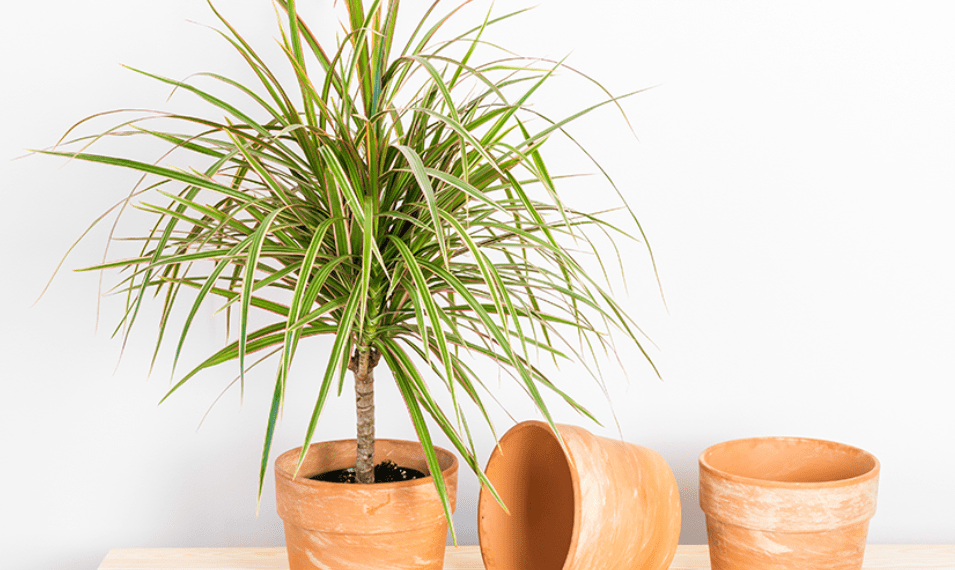
Ideal Growing Conditions for Dragon Trees
Light Requirements
Dragon trees thrive in bright, indirect light. They can also tolerate partial shade, but too much direct sunlight can cause their leaves to burn. Finding the right balance of light is essential for the health of your dragon tree. You should place your plant in a location with plenty of natural light, such as near a south-facing window. If your dragon tree is not getting enough light, you can supplement with a grow light to ensure it receives the light it needs to thrive.
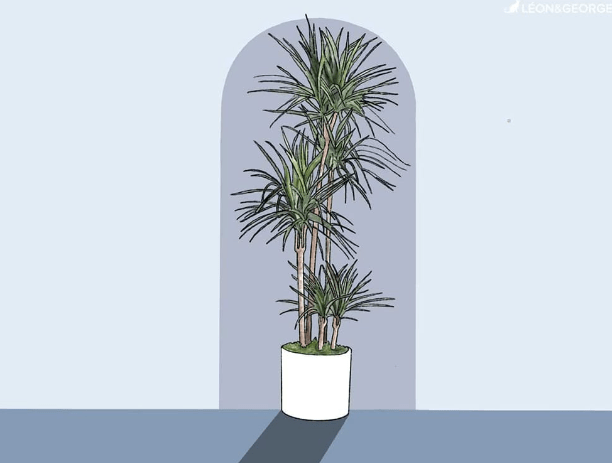
In conclusion, it is crucial to provide the right amount of light, water, and nutrients to your dragon tree to ensure its health and vitality. By taking the time to understand and meet the needs of your plant, you can help it thrive and flourish for years to come. Let’s commit to providing the best care for our dragon trees and watch them grow into beautiful, vibrant plants.
Soil and Potting Mix
Are essential for the health and growth of your plants. Choosing the right soil and potting mix will provide the necessary nutrients and support for your plants to thrive. It’s important to select a well-draining soil to prevent waterlogged roots, which can lead to root rot and other plant diseases. Potting mixes that are specifically formulated for indoor plants can provide the right balance of nutrients and moisture retention.
When repotting your dragon tree, be sure to use a high-quality potting mix that is suitable for its specific needs. Look for a mix that contains ingredients such as peat moss, perlite, and pine bark to provide proper aeration and drainage. This will ensure that your plant’s roots have access to the oxygen and nutrients they need to grow strong and healthy.
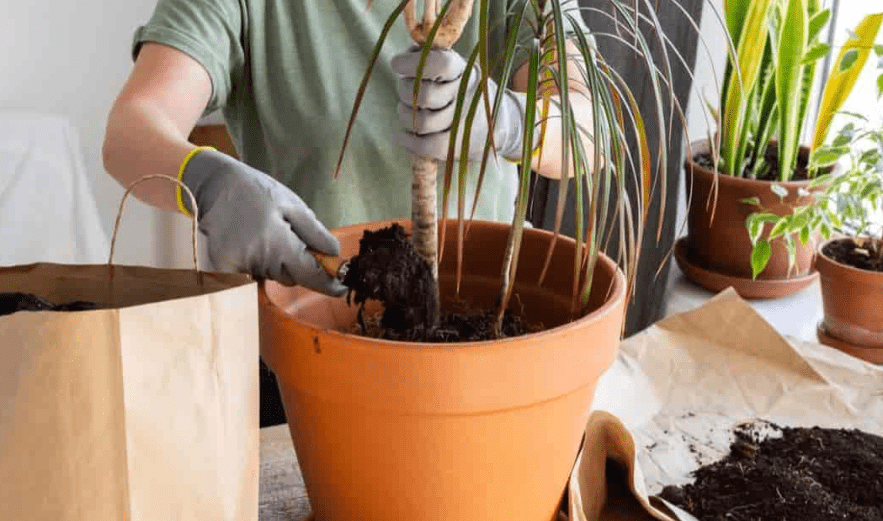
In addition to the right soil and potting mix, it’s important to consider the environmental conditions for your dragon tree. They thrive in bright, indirect light, so be sure to place them in a location that provides adequate sunlight. They can also tolerate partial shade, but too much direct sunlight can cause their leaves to burn. Finding the right balance of light is essential for the health of your dragon tree.
Temperature and Humidity
Are also important factors to consider when caring for your dragon tree. They prefer temperatures between 65-75°F during the day and slightly cooler temperatures at night. It’s important to keep the humidity levels consistent, as they thrive in moderate to high humidity. You can increase humidity by misting the leaves regularly or placing a humidifier near the plant. By ensuring the right environmental conditions, you can help your dragon tree to thrive and grow into a beautiful, healthy plant. Remember, the key to success is providing the best care possible, so be mindful of the temperature and humidity levels to keep your dragon tree happy and healthy.
Watering Needs
Watering your dragon tree is crucial to its health and vitality. It’s important to find the right balance when it comes to watering, as overwatering can lead to root rot and under-watering can cause the leaves to become dry and brittle. You should water your dragon tree when the top inch of soil is dry to the touch, but be careful not to let the soil dry out completely. It’s important to use a well-draining soil to prevent water from sitting at the roots and causing damage. When watering, make sure to water the soil directly and avoid getting water on the leaves, as this can lead to fungal diseases. By paying attention to the watering needs of your dragon tree, you can ensure that it remains healthy and vibrant for years to come. So, be mindful of the soil moisture and water your dragon tree accordingly to keep it thriving.
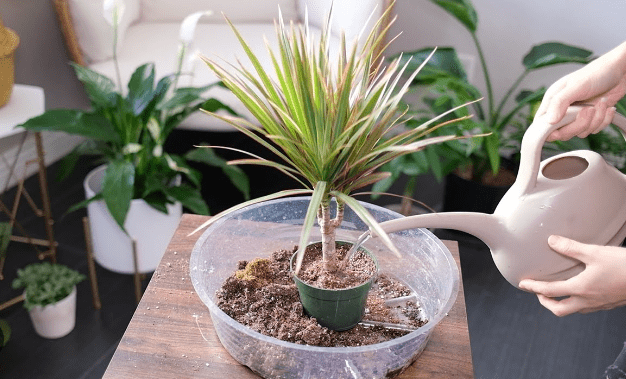
Dragon Tree Care and Maintenance
Pruning and Shaping
Pruning and shaping your dragon tree is an important aspect of its care and maintenance. Regular pruning helps to promote healthy growth and maintain the overall shape of the plant. You can remove any dead or damaged leaves and trim back any overgrown branches to keep your dragon tree looking its best. Additionally, shaping your dragon tree can help to create a more aesthetically pleasing appearance and prevent it from becoming too unruly.
When pruning and shaping your dragon tree, it’s important to use sharp, clean tools to avoid causing damage to the plant. Take your time and carefully assess the branches and leaves that need to be pruned or shaped. By taking the time to properly care for your dragon tree through pruning and shaping, you can help it to thrive and become a beautiful addition to your home or garden.
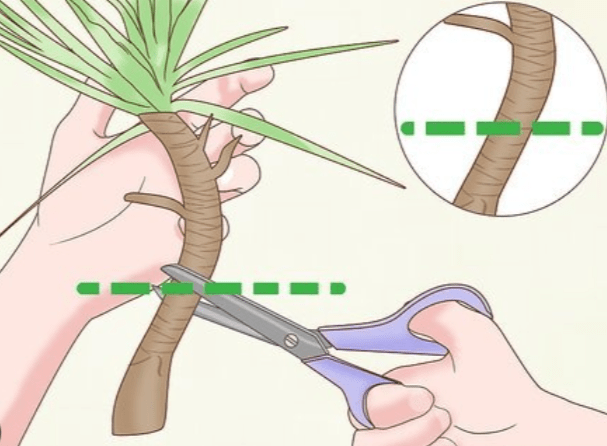
So, remember to regularly prune and shape your dragon tree to keep it healthy and looking great. With the right care and attention, your dragon tree will continue to grow and flourish for years to come.
Fertilization
Is an important aspect of plant care, including for your dragon tree. When it comes to fertilizing your dragon tree, it’s important to use a balanced, all-purpose fertilizer to provide the necessary nutrients for healthy growth. You can apply the fertilizer during the growing season, typically in the spring and summer months. Be sure to follow the instructions on the fertilizer product label for the proper application and dosage. Additionally, consider using a slow-release fertilizer to provide a steady supply of nutrients over time. This can help to promote strong, healthy growth and prevent over-fertilization. Remember to water the soil thoroughly after applying the fertilizer to help distribute the nutrients to the roots of the plant. With regular fertilization, you can support the overall health and vitality of your dragon tree, allowing it to thrive and flourish in your home or garden. So don’t forget to fertilize your dragon tree to ensure it receives the essential nutrients it needs to grow and thrive.
Cleaning and Dusting
Are important tasks that should be a part of your regular routine. Cleaning not only helps to keep your living space tidy, but it also helps to reduce allergens and improve indoor air quality. Dusting is important to prevent the buildup of dust and dirt, which can contribute to respiratory issues and other health problems. By regularly cleaning and dusting, you can create a healthier and more pleasant environment for yourself and your family.
It’s important to set aside time each week to thoroughly clean and dust your home. Make a schedule and stick to it, so that these tasks become a regular part of your routine. Remember to focus on areas that are often overlooked, such as ceiling fans, baseboards, and air vents. These are prime spots for dust to accumulate and should be given extra attention during your cleaning sessions.
Using the right cleaning products and tools is also crucial for effectively removing dust and dirt from your home. Invest in a good quality vacuum cleaner and dusting tools to make the job easier and more efficient. Additionally, using natural and non-toxic cleaning products can help to reduce the amount of harmful chemicals in your home environment.
By making cleaning and dusting a priority, you can create a cleaner, healthier, and more comfortable living space for yourself and your loved ones. So don’t put off these important tasks – get started today and reap the benefits of a cleaner and more pleasant home.
Common Problems and Solutions
Yellowing Leaves
It’s important to address yellowing leaves on your plants as soon as possible. This can be a sign of nutrient deficiency, overwatering, or even pests. Take the time to inspect your plants and identify the root cause of the issue. Once you know what is causing the yellowing, you can take steps to address it and help your plants thrive. Make sure to fertilize your plants to provide them with the necessary nutrients, adjust your watering schedule if needed, and treat any pest infestations. By being proactive and addressing the issue, you can save your plants and create a healthier environment for them to grow. Don’t ignore yellowing leaves – take action and give your plants the care they need to flourish.
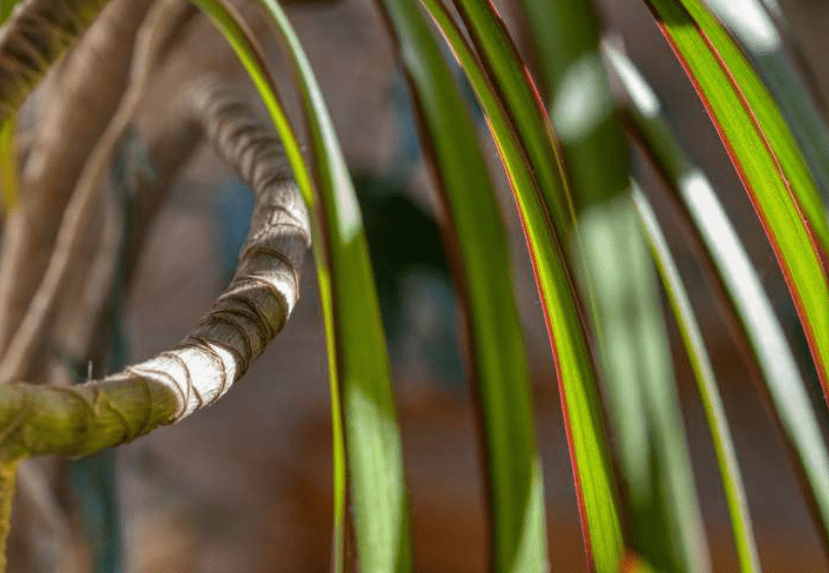
Brown Tips on Leaves
Can be a common problem for many plant owners. This can be caused by a variety of factors, including underwatering, low humidity, or even too much direct sunlight. It’s important to identify the root cause of the issue and make adjustments to ensure your plants stay healthy and vibrant.
One common cause of brown tips on leaves is underwatering. Make sure to water your plants thoroughly and consistently, taking care not to let the soil dry out completely. Additionally, low humidity levels can also lead to brown tips on leaves. Consider using a humidifier or misting your plants to increase the moisture in the air.
Excessive direct sunlight can also cause brown tips on leaves. If your plants are receiving too much sun, consider moving them to a more shaded area or using a sheer curtain to filter the light. By making these adjustments, you can help prevent brown tips on your plant leaves and promote healthier growth.
Don’t ignore brown tips on leaves – take the time to identify the cause and make the necessary changes to ensure your plants thrive. By addressing these issues, you can create a welcoming environment for your plants to flourish and grow.
Pest Control
Is an important aspect of plant care that should not be overlooked. Pests can wreak havoc on your plants and cause damage to their leaves, stems, and overall health. It is essential to take a proactive approach to pest control to protect your plants and promote their growth. By regularly inspecting your plants for signs of pests and taking the necessary measures to eliminate them, you can ensure that your plants remain healthy and vibrant.
There are several methods for controlling pests, including natural remedies, chemical treatments, and biological control. It is important to choose the method that is most effective for your specific situation and to follow the instructions carefully to ensure safe and effective pest control.
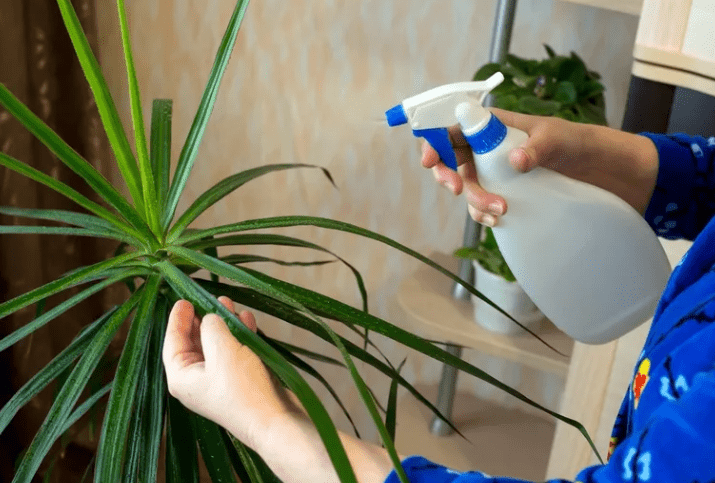
By implementing a pest control routine and being proactive in preventing and addressing pest infestations, you can create a thriving and beautiful garden that is free from the damaging effects of pests. Don’t let pests take over your plants – take the necessary steps to protect them and ensure their health and vitality. Your plants will thank you for it!
Dealing with Root Rot
Can be a challenging task, but with the right approach, it is possible to save your plants and prevent further damage. One of the most important steps in dealing with root rot is to ensure proper drainage for your plants. Excess water around the roots can create the perfect environment for root rot to thrive, so be sure to allow the soil to dry out between watering and consider using a well-draining soil mix. Additionally, removing any affected roots and repotting your plants in fresh soil can help to stop the spread of root rot and promote healthy growth. It is also important to monitor the health of your plants and take action at the first sign of root rot, as early intervention can make a big difference in the outcome. By being proactive in preventing and treating root rot, you can protect your plants and promote their overall health and vitality. Don’t let root rot destroy your plants – take the necessary steps to address it and create a thriving and beautiful garden.
Propagating Dragon Trees
Methods of Propagation
When it comes to propagating dragon trees, there are a few different methods you can use to successfully grow new plants. One popular method is through stem cuttings. Simply take a cutting from the stem of the dragon tree and allow it to dry out for a few days before planting it in a well-draining soil mix. Another method is by air layering, which involves creating a wound in the stem of the plant and encouraging roots to grow in that area before cutting it off and planting it separately. You can also propagate dragon trees through seeds, although this method may take longer to see results.
Regardless of the method you choose, it’s important to provide the right conditions for the new plants to thrive. Keep the soil consistently moist but not waterlogged, and provide plenty of bright, indirect sunlight. With the proper care and attention, you can successfully propagate dragon trees and expand your plant collection.
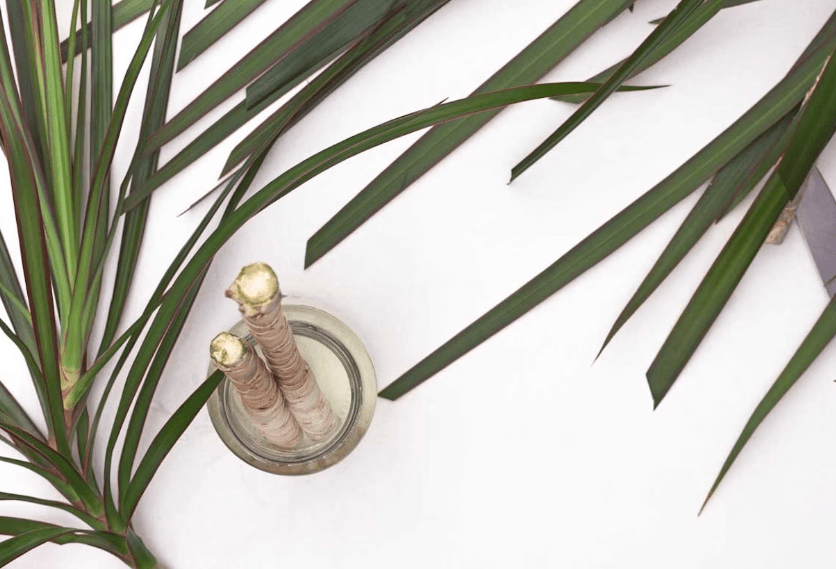
Don’t be afraid to experiment with different propagation methods and find what works best for you. By taking the time to propagate dragon trees, you can create a beautiful and lush garden full of these stunning plants. Keep at it and don’t give up, because the rewards of successfully propagating dragon trees are well worth the effort.
Step-by-Step Guide to Propagation
Propagation of dragon trees can be a fun and rewarding experience. Whether you choose to propagate through stem cuttings or seeds, it’s important to provide the right conditions for the new plants to thrive. Keep the soil consistently moist but not waterlogged, and provide plenty of bright, indirect sunlight. With the proper care and attention, you can successfully propagate dragon trees and expand your plant collection. Don’t be afraid to experiment with different propagation methods and find what works best for you. By taking the time to propagate dragon trees, you can create a beautiful and lush garden full of these stunning plants. Keep at it and don’t give up, because the rewards of successfully propagating dragon trees are well worth the effort. So, get out there and start propagating!
Benefits of Growing Dragon Trees
Dragon trees are not only beautiful, but they also offer a variety of benefits when grown in your garden. These striking plants can help improve air quality by removing harmful toxins from the air, creating a healthier environment for you and your family. In addition, dragon trees are low-maintenance and easy to care for, making them an ideal choice for busy individuals who want to add some greenery to their home or garden. They also provide a unique and dramatic focal point in any landscape, adding a touch of exotic beauty to your outdoor space. Furthermore, growing dragon trees can also attract beneficial wildlife such as birds and butterflies, enhancing the biodiversity of your garden. With their unique appearance and numerous benefits, it’s clear that growing dragon trees is a fantastic choice for any gardener. So, don’t hesitate to add these stunning plants to your collection and enjoy the many advantages they bring to your garden.
In conclusion, taking care of your Dragon Tree plant is essential for its health and longevity. By following these tips, you can ensure that your plant stays lush and beautiful, adding a touch of nature to your home or office space. With proper care and attention, your Dragon Tree plant will thrive and bring joy for years to come. So, if you want to enjoy the benefits of having a beautiful and healthy plant, make sure to follow these essential care tips. Your Dragon Tree will thank you for it!
Frequently asked questions And Answer
It’s important to water your dragon tree only when the top inch of the soil is dry. Overwatering can lead to root rot, so it’s best to let the soil dry out between waterings.
Dragon trees thrive in bright, indirect light. Avoid placing them in direct sunlight, as this can cause their leaves to burn.
Yes, it’s beneficial to fertilize your dragon tree every 2-3 months during the growing season (spring and summer) with a balanced, water-soluble fertilizer.
You can prune your dragon tree to remove any dead or yellowing leaves, as well as to shape the plant. Use clean, sharp pruning shears and make cuts at a 45-degree angle.
Dragon trees prefer temperatures between 65-75°F (18-24°C) and can tolerate slightly cooler temperatures at night.
Yes, dragon trees are relatively tolerant of dry air, but they will benefit from occasional misting to increase humidity around the plant.
A well-draining potting mix is ideal for dragon trees. Look for a mix specifically formulated for tropical plants, or create your own mix using equal parts peat moss, perlite, and pine bark.
Repot your dragon tree every 2-3 years, or when it becomes root-bound. Choose a pot that is 1-2 inches larger in diameter than the current pot, and use fresh potting mix when repotting.
